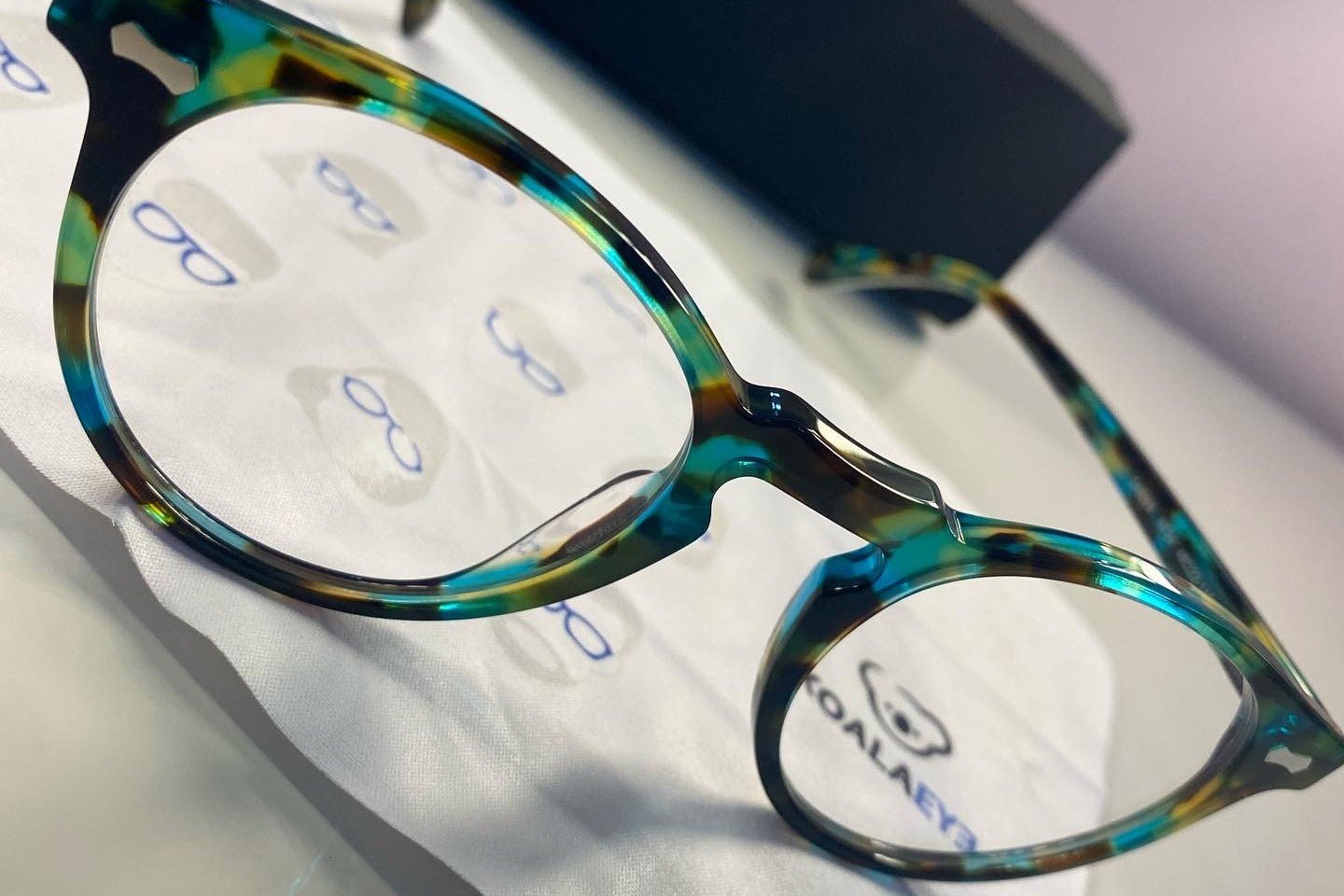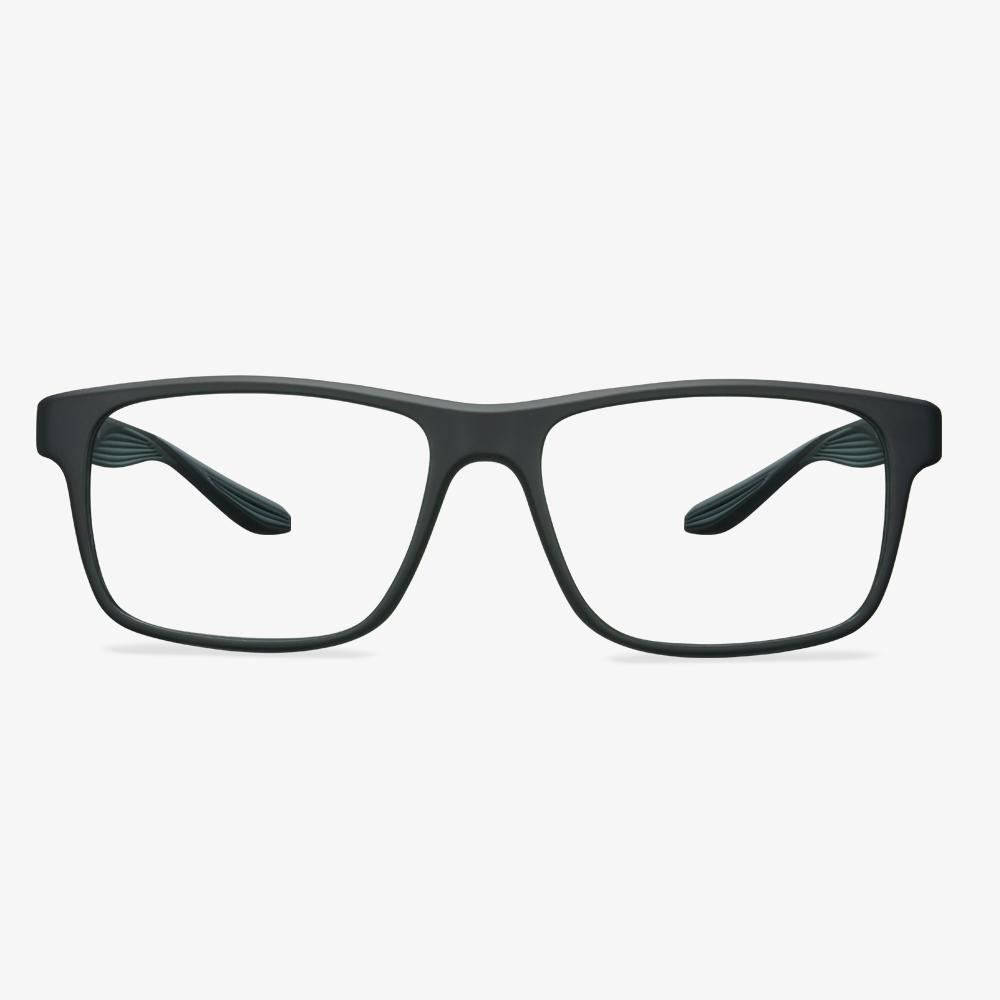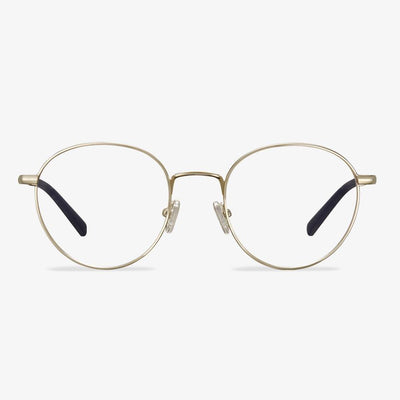What are the functions of anti-blue glasses?
The myopia of young people is getting worse every year, and the main factor that causes myopia in young people is the high-energy blue light of mobile phones and computers. Children’s lenses are clearer and more transparent than adults and have a weaker effect of blocking and filtering the blue light of electronic products. The blue light transmittance of their lenses is several times higher than that of adults so there is more blue light penetrates the lens to reach the retina. Therefore, the damage caused by blue light to children's eyes is much more serious than that of adults. Naturally, be careful with blue light. When the child is facing the screen of the mobile phone and computer, wearing anti-blue glasses can more or less reduce the blue light and reduce the blue light energy. The blue light energy that enters the retina is not so much so strong, and naturally, it will not damage the pigment epithelial cells and photoreceptor cells on the retina, thus protecting the child's eyes.
The main function of anti-blue glasses is to relieve eye fatigue, reduce retinal damage, prevent myopia from deepening, and reduce the incidence of special eye diseases such as macular degeneration and cataracts. According to your own situation, if you are really looking at the phone and computer screen for a long time, wearing anti-blue glasses is better. Usually, pay more attention to the habit of using your eyes, rest your eyes appropriately, and play less with mobile phones and computers.
Learn the 9 Necessary Parts of Glasses
Rims: the rims lend form and character to your eyeglasses and they also provide function by holding the lenses in place.
End pieces: they are small parts on the frame that extend outward and connect the lenses to the temple.
Bridge: it is the center of the frame that rests on your nose and joins the two rims together.
Hinges: hinges sit between the end pieces and the temple, allowing you to close your glasses folding the temple inward.
Lenses: lenses are the essential parts of eyeglasses. They are clear pieces of glasses, plastic or other lens materials held in place by the rims. The lenses are crafted and shaped with your unique prescription to help you to see clearly.
Screws: they are the small metal fasteners near the hinges and they are used to connect the end pieces with the temples.
Nose pads: nose pads give your glasses a more comfortable and secure fit. They are the round plastic pieces under the bridge that sit on your nose.
Pad arms: pad arms are able to extend from the rims and hold the nose pads in place. They are adjustable to fit the natural shape of your face.
Temples: temples are the long arms on both sides of the frame that fit over your ears for a snug fit.
These are all the 9 essential parts of eyeglasses. Knowing the name of parts of glasses can help you to repair them once they are broken or crooked.
Titanium Rimless Glasses 138811
These elegant rimless glasses almost won't detract from your personal style. There are thin, flexible titanium temple arms. This frame has a shiny finish and is available in silver and white temple tips, purple and light blue temple tips, and pink temple tips.
The development of glasses
In 1451, Nicholas of Cusa of Germany invented a lens that was thinner in the middle and thicker at the end to help short-sighted people. In 1727, Edward Scarlett, an English optician, invented modern frames that could be worn over ears and noses. Benjamin Franklin, an American scientist, and philosopher invented bifocals, which divide the lenses into far and near parts. The two lenses are held together by a metal frame. Frame construction has improved over the centuries, and today frames have come in different kinds of styles and designs. Unbreakable lenses were invented in 1955, and in 1971 a new type of lens combining plastic and glass properties was invented.
3 Common Problems with Progressive Lenses
Though progressive lenses are popular to correct some eye conditions, there are also some drawbacks. So, in the following section, we will show you some common problems with progressive lenses.
Dizziness: the three different focal lengths of progressive lenses can make people susceptible to dizziness, as well as vertigo. From long to medium to short distance, the lenses offer a gradient of increasing strength. So, it would have trouble in adapting the glasses for the people who are wearing them for the first time. A common mistake is to look out of the wrong focal length, causing their vision to be blurry and lead to an overall feeling of dizziness.
Peripheral distortion: another common problem of progressive lenses is the way in which they blur peripheral vision. Most glasses cause an initial distortion to vision. However, the three different segments found in these lenses can make that distortion feel more prominent than other pairs of eyeglasses. And most people may need two weeks to adjust to progressive lenses.
Depth perception: Since progressive lenses provide three different prescriptions to see objects clearly for different distances, it is important that you need to move your head instead of your eyes when focusing on objects at different distances. Prior to adjusting to this little nuance, progressive lenses can cause depth perception to feel off.
From the above information, you have known some common problems with progressive lenses. So, you may ask how to adjust the progressive lenses. The most popular way is that you need to wear them frequently.
The Disadvantages of Aspheric Lenses
Here, we will show some disadvantages of aspheric lenses.
The aspheric lens has a relatively small light area. When the eyeball rotates around, it will blur a little when looking at the outside through lens edge. In other words, the visual range of the line of sight becomes smaller.
Human’s eyeball is spherical and the eyeball rotates to the edge. Through aspheric lenses, the objects near the eye appear protruding.
Drivers can wear night-vision goggles
Night-vision goggles can prevent headlights from blinding, add color saturation, and make the field of vision clearer. The normal night vision glasses are golden yellow in color and have a metal coating on the surface. This is the use of diamond high perspective reflection film technology, in the lens to add color and film layer, in order to maximize the brightness of the object being seen. It is to compensate for the light for driving, which makes light pass through your eye. It can increase the three-dimensional sense of objects, making the line of sight more clear, to avoid confusion caused by blinding headlights.











































